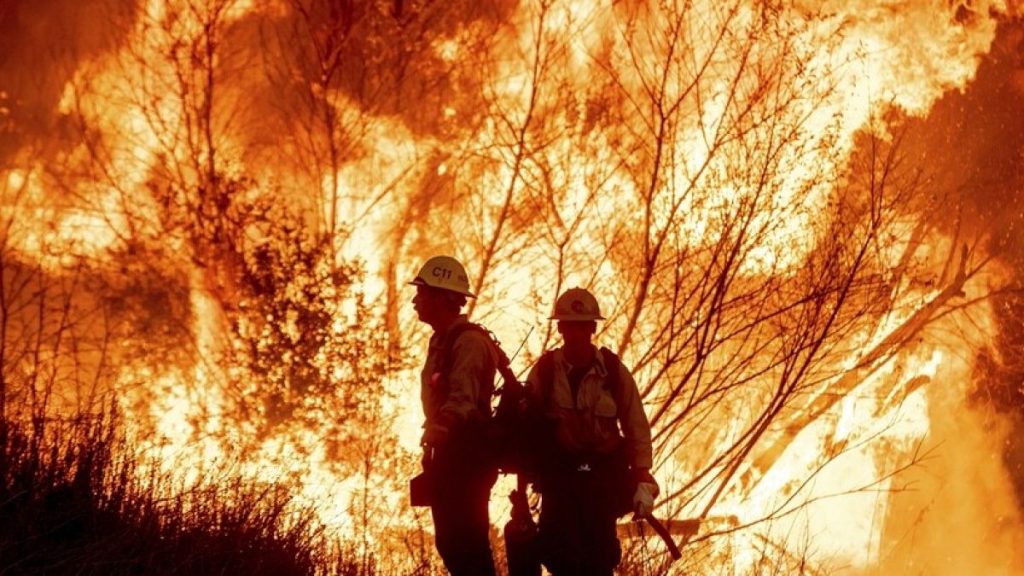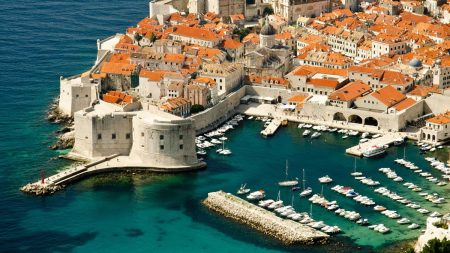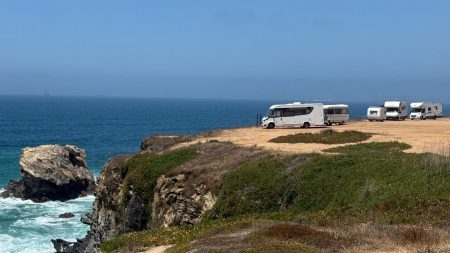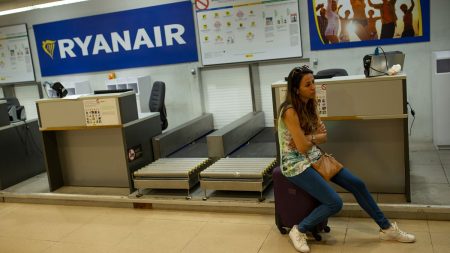The Los Angeles County area is grappling with a devastating outbreak of wildfires, marking one of the worst such events in Southern California’s history. Initial estimates suggest at least ten fatalities, a figure authorities fear may rise significantly as the scale of the destruction becomes clearer. Sheriff Robert Luna described the scenes as resembling the aftermath of an atomic bomb, underscoring the unprecedented level of devastation. The fires, propelled by strong winds, have spread rapidly across multiple cities, consuming vast tracts of land and leaving a trail of destruction in their wake.
Among the most impacted areas are the Palisades and Eaton Canyon, where two major blazes have scorched nearly 30,000 acres since Tuesday morning. These fires, coupled with several others burning across the county, have forced the evacuation of approximately 150,000 residents, as countless homes have been reduced to ashes. The rapidly evolving Kenneth Fire, which ignited in the San Fernando Valley near the West Hills neighborhood, further compounds the crisis. Despite earlier optimism fueled by calmer winds and the arrival of out-of-state fire crews, officials now express grave concern about the fire’s rapid spread due to anticipated strengthening winds.
The fires’ impact transcends mere property damage. Entire blocks in the Pacific Palisades, a scenic neighborhood popular with celebrities, have been flattened, leaving only the ghostly outlines of homes and chimneys. Malibu, another affluent coastal community, has suffered similar devastation, with beachfront homes, including those of prominent figures like Paris Hilton, reduced to rubble. The destruction extends beyond residential areas, encompassing churches, synagogues, schools, libraries, and numerous businesses, painting a picture of widespread devastation.
Beyond the immediate loss of life and property, the fires have inflicted a deep wound on the region’s social and economic fabric. The destruction of essential community infrastructure, such as schools, libraries, and places of worship, disrupts the rhythm of daily life and erodes the sense of community. The economic impact is equally staggering, with early estimates from AccuWeather placing the total damage and economic loss in the range of $135 billion to $150 billion (€131-146 billion). The sheer scale of the damage suggests a long and arduous road to recovery, with rebuilding efforts likely to span months, if not years.
The fires’ unusual timing, outside the typical dry and hot summer months, adds another layer of complexity to the crisis. While the exact causes of the blazes remain under investigation, the unexpected nature of the outbreak underscores the increasing unpredictability of wildfire events, possibly linked to changing climate patterns. The fires serve as a stark reminder of the vulnerability of communities to such natural disasters and the urgent need for enhanced preparedness and mitigation strategies.
The ongoing battle against these relentless infernos highlights the courage and dedication of firefighters who are tirelessly working to contain the spread. Their efforts, aided by calmer winds and reinforcements from other states, have yielded some progress in slowing the advance of the Eaton and Palisades fires. However, the containment levels remain low, underscoring the ongoing threat and the immense challenge of bringing these blazes fully under control. The uncertainty surrounding the final death toll and the long-term consequences of this devastating event casts a long shadow over the affected communities.














